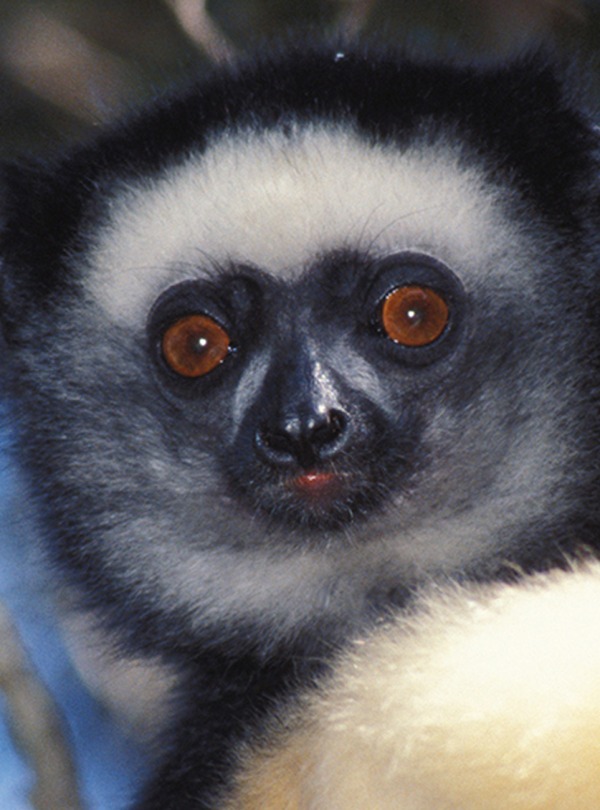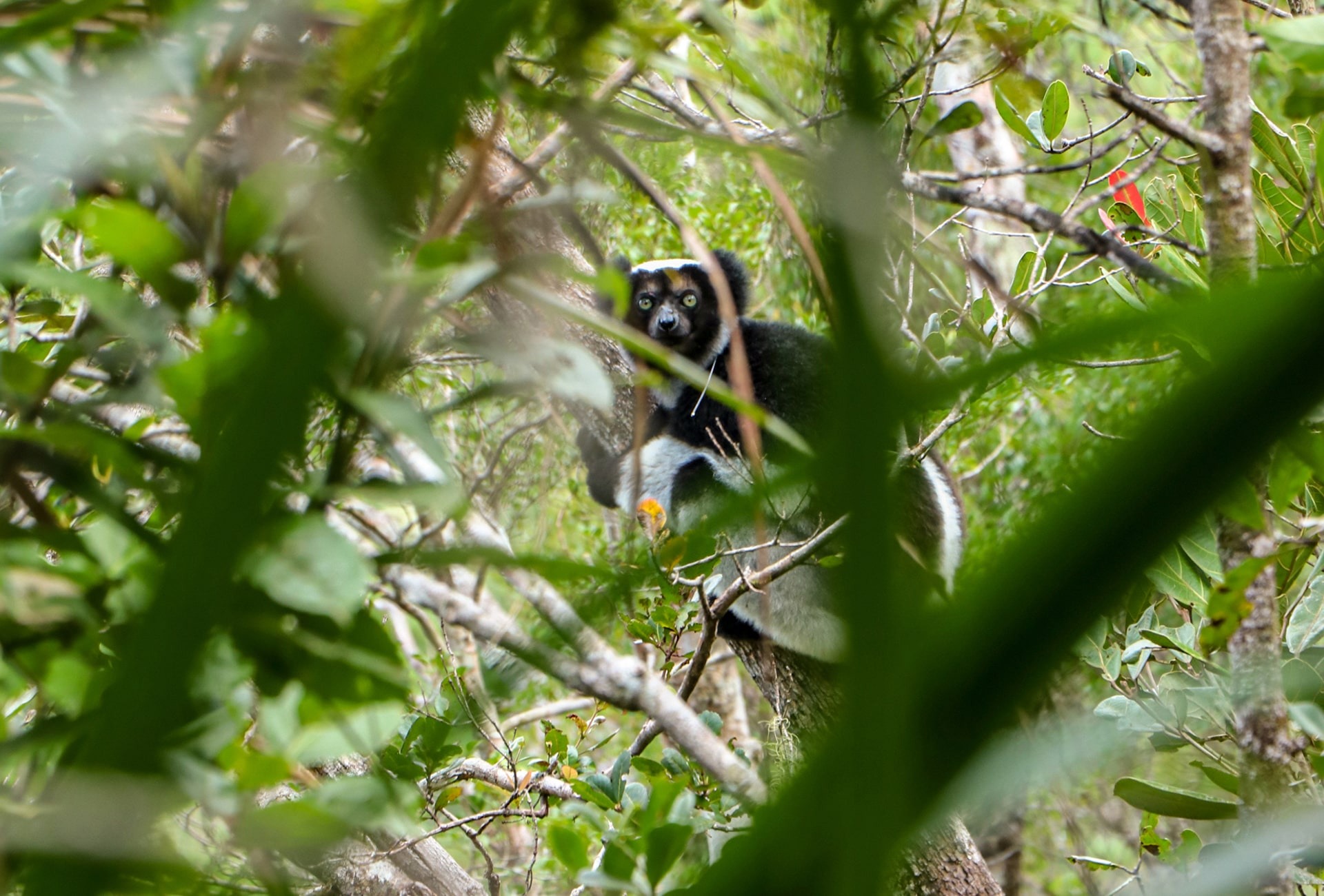
Saving the Critically Endangered Indri Lemur
Support More Work Like ThisSupport More Work Like ThisOf the planet’s major biodiversity hotspots, few compare to the island of Madagascar. Over 80% of its flora and fauna are found nowhere else.
-
Species at Risk
Indri Lemur (CR), Diademed Sifaka (CR), Golden Mantella Frog (CR)
-
Carbon stored
Not calculated*
*(metric tons of CO2 equivalents) -
Partner
Madagasikara Voakajy
-
74,816 Proposed Acres Conserved by
Designation
-
Project Cost: $366,795
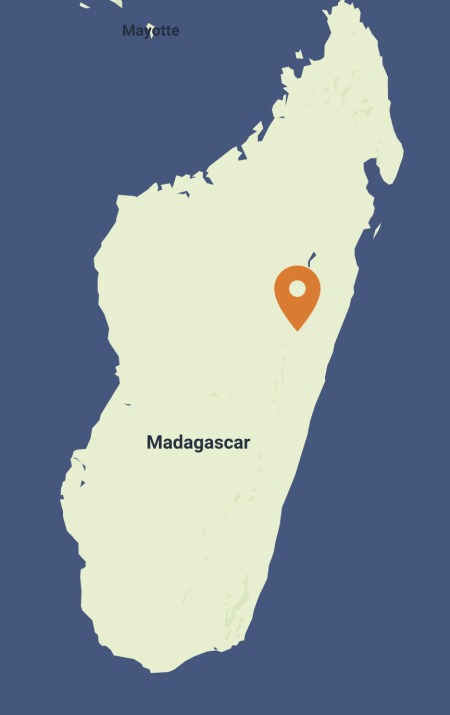
74,816
Of the planet’s major biodiversity hotspots, few compare to the island of Madagascar. Over 80% of its flora and fauna are found nowhere else.
-
Species at Risk
Indri Lemur (CR), Diademed Sifaka (CR), Golden Mantella Frog (CR)
-
Carbon stored
Not calculated*
*(metric tons of CO2 equivalents) -
Partner
Madagasikara Voakajy
-
74,816 Proposed Acres Conserved by
Designation
-
Project Cost: £275,785

74,816
Critically endangered lemurs and amphibians cling to survival in the rainforests of eastern Madagascar. Rainforest Trust is working with a local partner to urgently create secure reserves for these species before Madagascar’s Government opens unprotected areas to extractive industries in 2015.
Of the planet’s major biodiversity hotspots, few compare to the island of Madagascar. Over 80% of its flora and fauna are found nowhere else. Located in the Indian Ocean, the island has much to offer the world in the way of biological richness. But rapid deforestation and habitat loss threaten many of its species with extinction.
In Madagascar’s Moramanga District these threats pose a dire risk to endemic wildlife, including the Indri, the world’s largest lemur. To protect these lush forests and the threatened species that inhabit them, Rainforest Trust is collaborating with local Malagasy partner Madagasikara Voakajy to create a network of seven protected areas totaling 74,816 acres. The largest of these, the proposed Mangabe protected area, will act as a last stronghold for the critically endangered Golden Mantella Frog, one of Madagascar’s most threatened and enigmatic amphibian species.
Explore Madagascaar
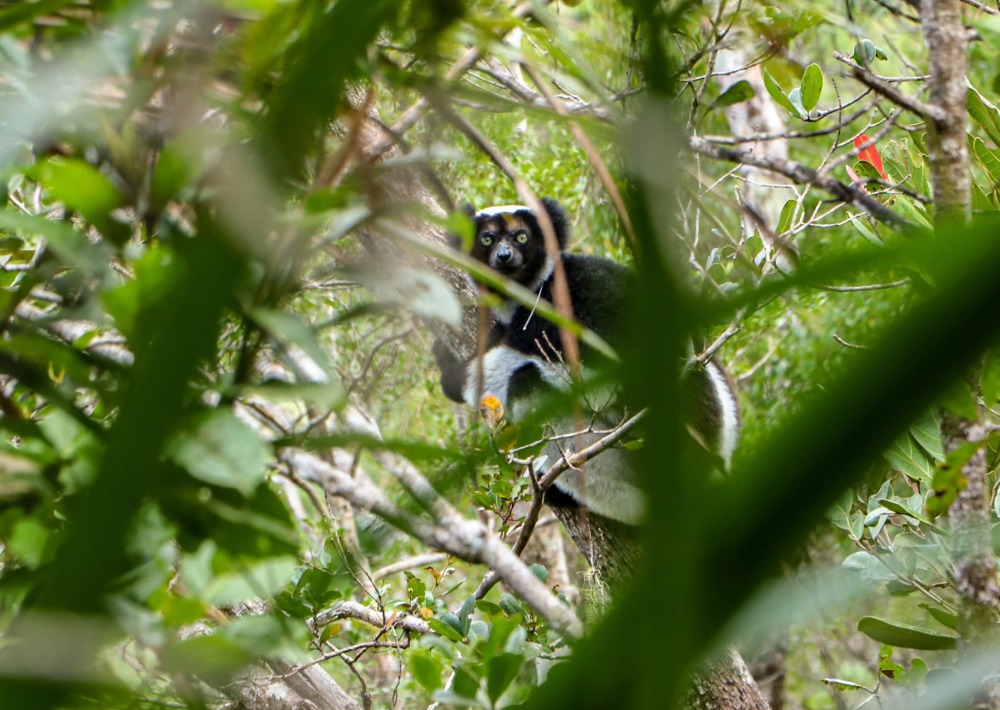
The Indri Lemur, courtesy of L’Homme et l’Environnement
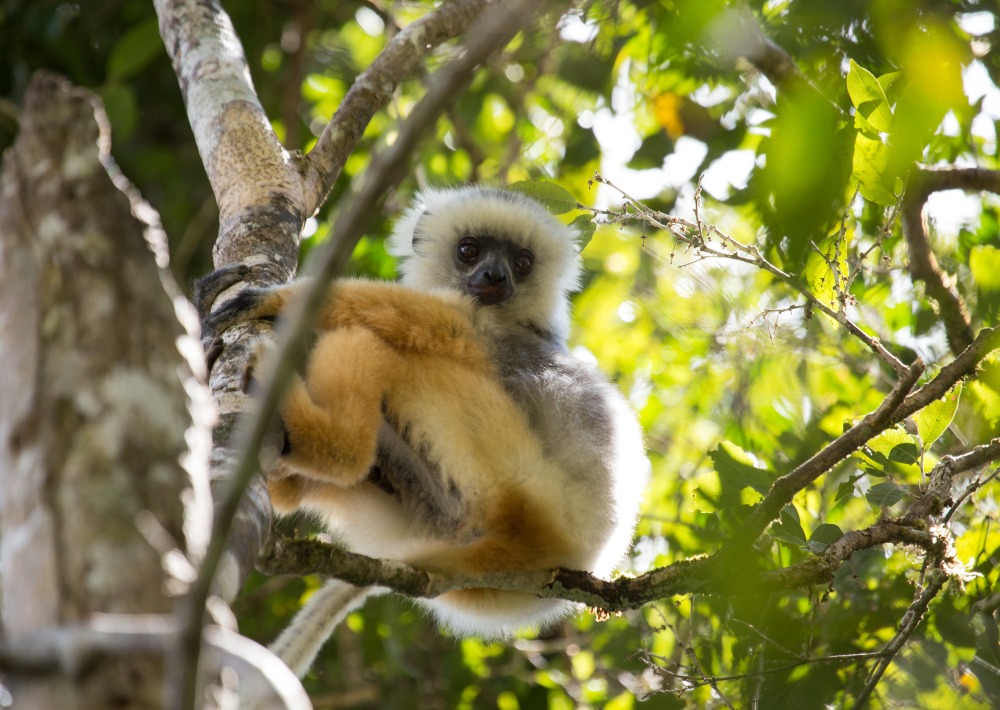
The Critically Endangered Diademed Sifaka courtesy of Michael Sale
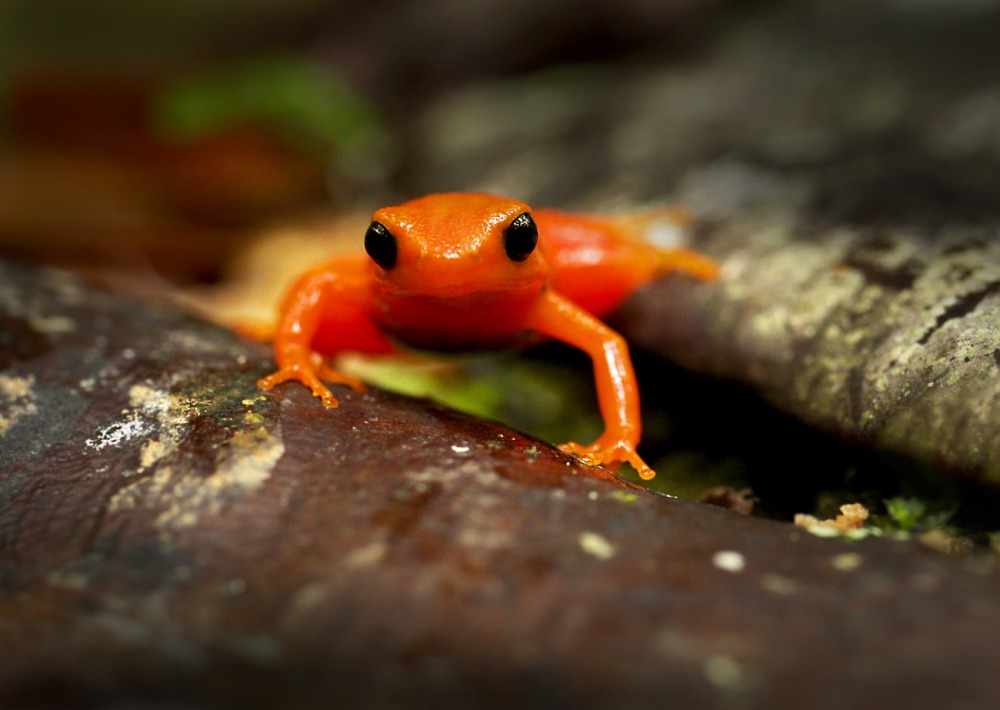
Golden Mantella. Courtesy of Frank Vassen Wikimedia
Biodiversity
The rainforests of eastern Madagascar are legendary for their high endemism rates and biodiversity. The proposed Mangabe protected area alone contains nearly 500 plant species. Among its mammals, some of the most threatened are its lemurs. Of the nearly 100 lemur species found on Madagascar, 91% are threatened with extinction. As a result, they are perhaps the most threatened mammal group on earth.
Surviving within the forest canopy of the proposed Mangabe reserve is the largest of all lemurs, the Indri, which is one of the 25 most endangered primates on earth. The forest is also home to another critically endangered lemur, the Diademed Sifaka, a species so sensitive to habitat disturbance it readily abandons areas suffering even minor degradation. The proposed protected area will also provide essential habitat for the critically endangered Golden Mantella, a frog species whose entire range covers less than 35 square miles. Over 60% of the remaining Golden Mantella population will be protected within the Mangabe reserve. Other endangered wildlife found in the proposed reserve includes the Aye-aye (EN), a nocturnal lemur; the Fossa (VU), a cat-like carnivore; the Tarzan Chameleon (CR); a gecko, Phelsuma pronki (CR); and two species of bats, the Madagascan Fruit Bat (VU) and the Madagascan Flying Fox (VU).
Challenges
Due to low agricultural yields, slash-and-burn agriculture is commonly employed to clear and prepare new farmlands within Madagascar’s Moramanga District. As the human population increases its forests are being quickly transformed into fields. Likewise, endangered wildlife faces greater danger from more hunters.
Nickel, gold and cobalt mining operations pose an additional threat. The toxic chemicals used in these mines inevitably enter the local environment with deadly impacts on wildlife. In the Moramanga District, open-pit mines have already significantly damaged Golden Mantella breeding ponds. The need to act now is imperative. An announcement from Madagascar’s national government that lands not officially designated as IUCN Protected Areas by 2015 may be forced to surrender property rights and be opened to logging, agriculture, and mining uses.
Communities
Local communities are supportive of conservation efforts and have played an active role with Madagasikara Voakajy to develop a five-year conservation plan for the proposed Mangabe protected area.
These communities, which have a population of approximately 6,000, are composed primarily of Madagascar’s Betsimisaraka and Bezanozano ethnic groups. For survival, most families depend on subsistence agriculture, including the production of rice, maize and cassava.
Solutions
Working with our partner Madagasikara Voakajy, Rainforest Trust will support the permanent protection of 74,816 acres of threatened forest in eastern Madagascar. By doing so, we will ensure that essential habitat remains intact for the Indri, Golden Mantella Frog and many other endangered species. In addition to the Mangabe reserve, six smaller protected areas will also be established that will protect over half of all remaining breeding pools for the Golden Mantella.
To ensure the long-term sustainability of these reserves, Madagasikara Voakajy has developed an inclusive conservation strategy that will improve human livelihoods while reducing pressure on natural habitats. Madagasikara Voakajy has already succeeded in engaging local communities to develop conservation plans and will continue to educate surrounding populations about the importance of conservation through educational activities and the creation of wildlife-themed festivals.
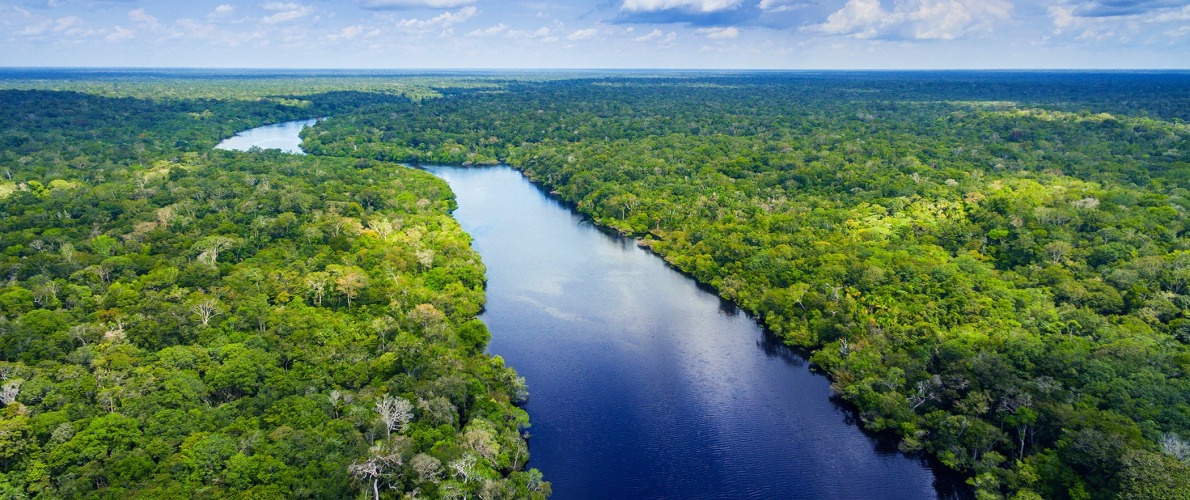
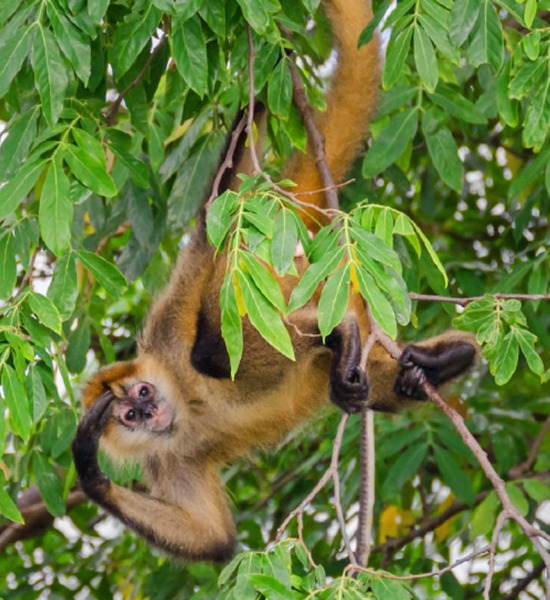
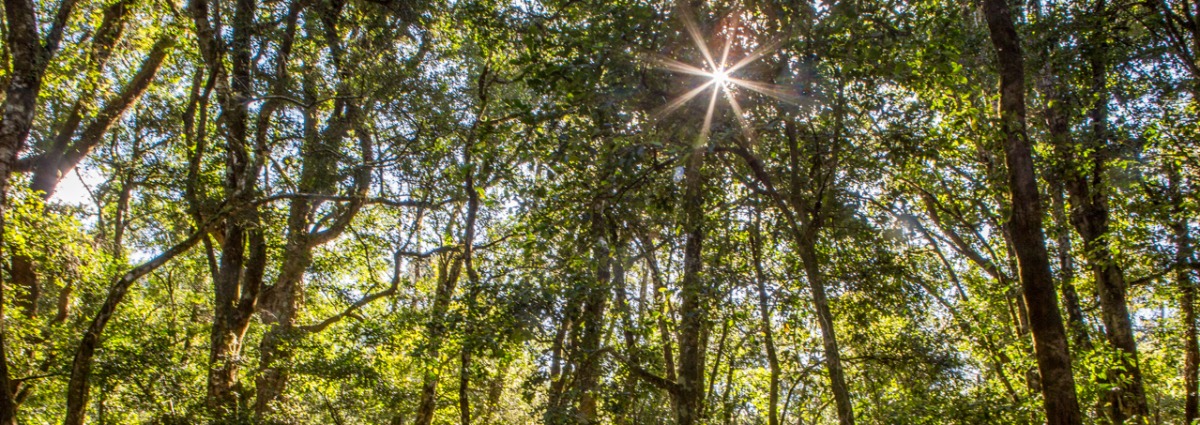
Partnering to Save the Rainforest
Our partners’ ability to work with their governments and build strong connections with local communities ensures the successful implementation of our projects.
Learn More About This PartnerLearn More About This Partner
